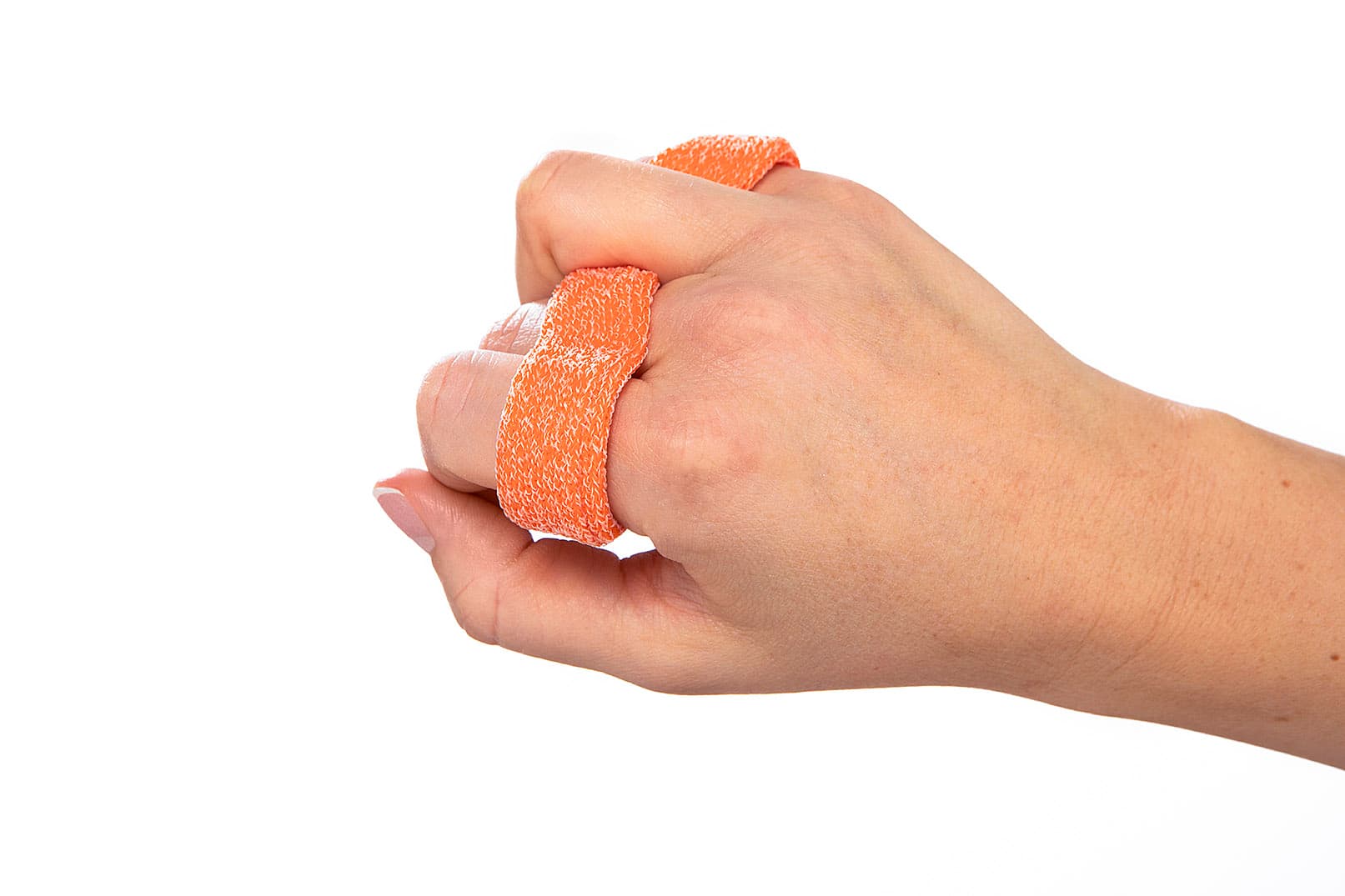
Rheumatoid arthritis (RA) stands as the most common autoimmune systemic inflammatory joint disease, typically manifesting between ages 30-60 and affecting women 2-3 times more frequently than men. While medical management through disease-modifying antirheumatic drugs (DMARDs) and biologics remains the cornerstone of treatment to limit joint involvement and prevent organ damage, orthotic intervention plays a crucial role in hand symptom management.
Feehan et al. (2023) suggest that as RA symptoms fluctuate throughout the day and across disease stages, our orthotic approaches must be equally dynamic and versatile to accommodate this fluctuation and the functional needs of our patients. This is where relative motion orthoses (RMOs) present a compelling therapeutic option for the management of symptoms caused by RA.
Initial Presentation
The earliest manifestations of RA typically affect the smaller joints of the hands, presenting with pain and swelling. During this acute phase, protective or resting orthoses have traditionally been the standard approach for symptom management.
Disease Progression
As the condition advances, patients commonly experience:
Common Presentations of RA in the Hand
Therapists should be aware of these joint deformities:
And these common presentations:

A relative motion orthosis positions the involved digit in flexion or extension at the MCP joint relative to adjacent digits. This approach differs from traditional static splinting by allowing controlled motion while providing targeted support to compromised structures.
The RMO works by:
Before fabricating an RMO, therapists should conduct a thorough assessment using these key criteria:
Is there active motion of flexors and extensors?
Rationale: Adequate active motion is necessary for the orthosis to function effectively.
Can the MCP joints be passively reduced or corrected?
Rationale: If deformities are fixed, RMO may not be appropriate
Is there sufficient stability of the joint?
Rationale: Excessive instability may require alternative interventions
What are the functional demands of the hand? What position is optimal to complete the desired task with least amount of stress on the joints?
Rationale: RMO should reflect the functional demands of ADL tasks, work tasks, recreational activities.
Will this RMO be used to manage pain and swelling flares or to correct a tendon imbalance?
Rationale: Keep in mind that more than one orthosis may be needed at different times to manage the symptoms successfully.
The authors of this case study demonstrate the versatility of RMOs in RA management. Fluctuating daily symptoms requiring variable support depending on functional demands of the hand, indicating that more than one orthosis may be appropriate for a patient. RMO can improve a patient’s functional grasp; increase patient’s ability to perform fine motor tasks; decrease pain levels; and manage RA symptoms on the hand.
Ideal collaboration with patient, therapist and rheumatology team to understand medication timing and disease activity will enhance overall outcome.
Relative motion orthoses offer therapists a dynamic tool and patients viable solutions for symptom management that adapts to the fluctuating nature of this chronic condition. By understanding the clinical reasoning behind RMO selection and implementation, we can provide more responsive, patient-centered care that supports functional independence.
This clinical guide is based on current evidence and case study findings. Individual patient assessment and clinical judgment should always guide treatment decisions.
Sources
Feehan, L. M., Hoens, A., & Howell, J. W. (2023). Partnering with people living with rheumatoid arthritis for care of their hands: Four case reports using relative motion orthoses. Journal of Hand Therapy, 36(2), 456–465.
